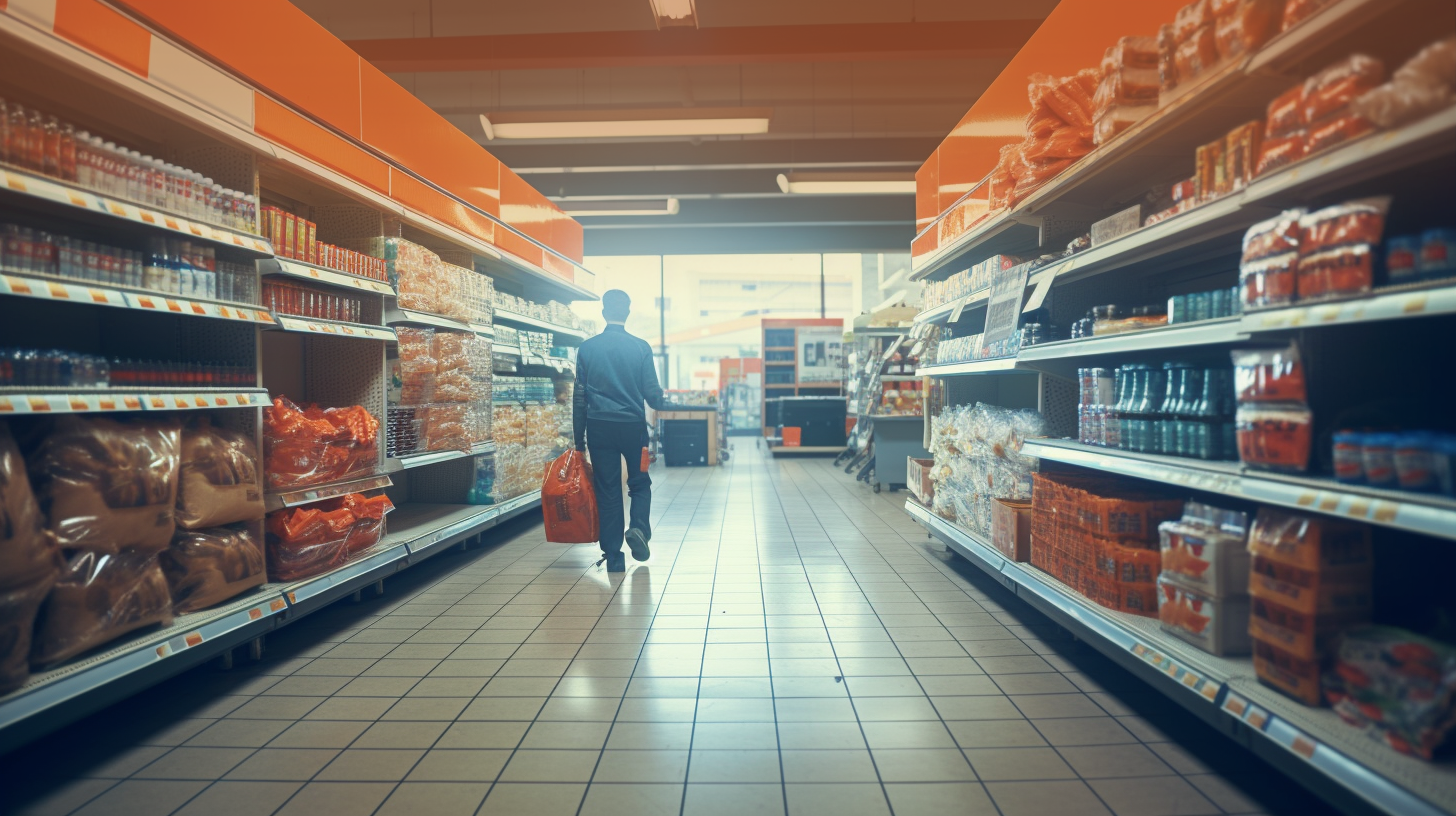Holidays offer a unique opportunity to promote specific products to shoppers, optimized by behavioral insights
84 percent of US consumers surveyed plan to celebrate Independence Day, with 59 percent citing a cookout/BBQ as the primary event (Source: National Retail Federation). All in all, this creates an expected $7.7B opportunity for grocery food items sold for this holiday event.
Grocery retailers have been on a mission to drive higher productivity out of every inch of available retail space, and with the average number of grocery display locations down 11 percent versus 5 year ago (Source: IRI, 2022), optimal allocation and strategic planning are more important than ever.
Winning holiday summer grocery trips requires a glimpse into shopper behavior data to ensure categories featured are those with stopping power, and those most successful at driving incremental sales during this unique shopper journey.
1. Choose your categories (and quantities) wisely:
As suppliers work with retailers to build productive merchandising programs, they should take a closer look at the categories they select and the quantity of individual products placed in the mix. The impact here can be sizable. For example, snack-led displays featuring multiple snacking categories saw a unit lift upwards of 84% when they displayed 4 or more products. In this case, more is better, however, that does not translate to other categories, or frankly, even to other snack displays during non-summer holiday windows.
2. The message matters:
Now is the time to sprinkle some A/B testing in to compare the engagement rate and conversion rate that various messaging and visual marketing produce.
During this shopping trip, more shoppers are either already in an occasion-based mindset, or they are more open enter that mindset with a little nudge from in-store marketing. Plan accordingly, and effectively test your shopper marketing creative to build strong cause/effect frameworks for future assets.
3. Location productivity might surprise you:
Placing the hot dog bun display near the hot dogs is hardly an earth-shattering provocation, but the question of placement and category adjacency does stand the test of time. Look deeper to validate performance of display based on store location: front versus back, proximity to primary aisle, perimeter versus center store, towards beginning versus end of shopper journey, This question cannot be answered by POS data alone, but through behavioral insights and shopper action-tracking, you can evolve your summer holiday playbook to deliver maximum impact.
At VideoMining, we’re passionate about unlocking insights around the actual behaviors of shoppers through AI-powered observational research. We look beyond what shoppers say they’ll do, or report back they did, to analyze the most raw and true version of evidence: their actual actions and behaviors using a large sample (often in 100s of millions of store trips). This provides a one-of-a-kind perspective that is rooted in fact, not theory. Interested to see what behavioral insights can unlock for you? Drop us a line: solutions@videomining.com



